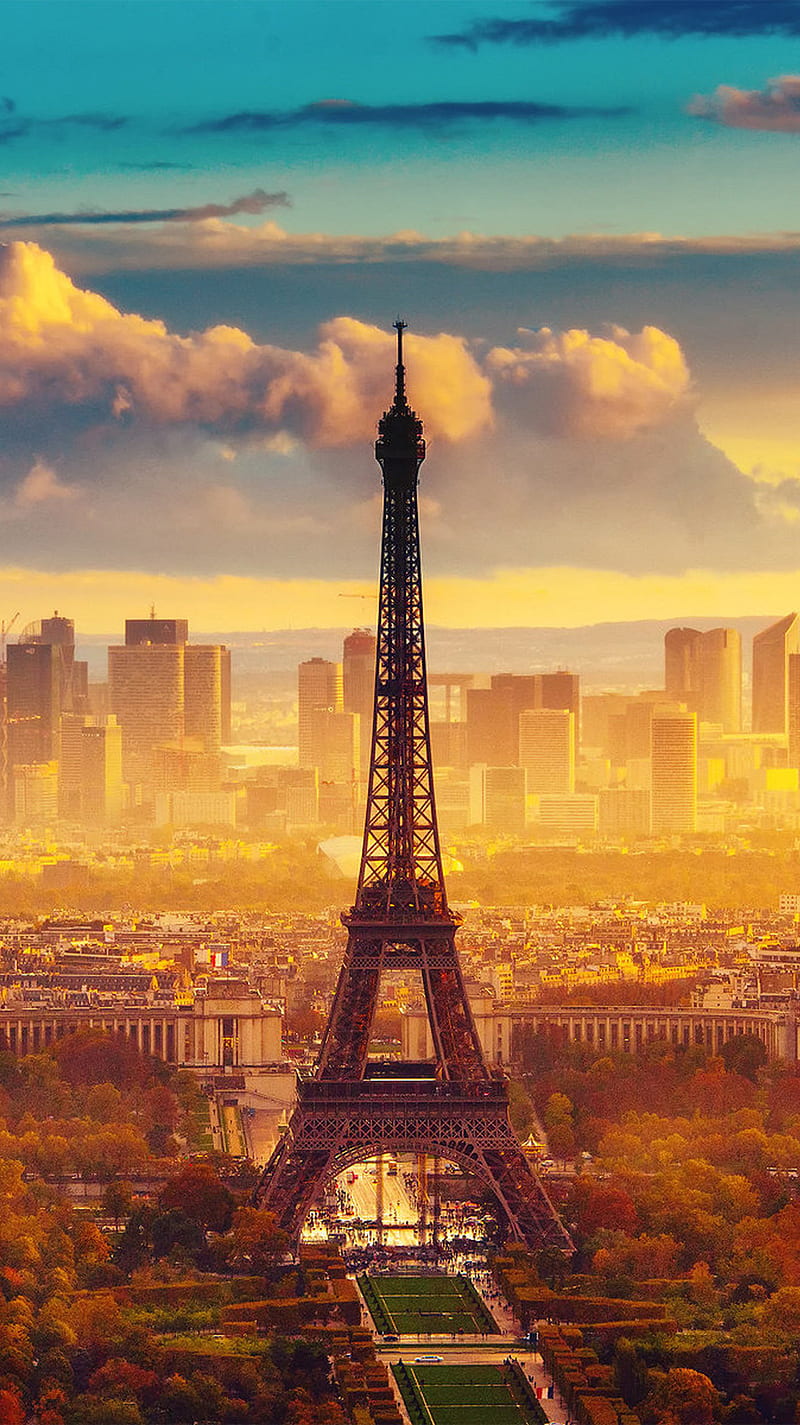Eiffel Tower
The Eiffel Tower is one of the most iconic landmarks in the world, known for its distinctive wrought-iron structure and towering presence. Here's a brief history of the Eiffel Tower and why it is so famous:
Planning Construction:
The idea for the Eiffel Tower:
The idea for the Eiffel Tower:was conceived as part of preparations for the 1889 Exposition Universelle (World's Fair) held in Paris to celebrate the 100th anniversary of the French Revolution.The French government:held a design competition to choose the structure that would stand at the entrance of the fair. Engineer Gustave Eiffel's company, Eiffel et Cie, won the bid.
Construction comppleting time:
Construction began in January 1887 and took just over two years to complete. Gustave Eiffel oversaw the project, and the tower was designed by engineers Maurice Koechlin and Émile Nouguier and architect Stephen Sauvestre.
Iconic Design:
The Eiffel Tower's Height:
The Eiffel design was groundbreaking for its time. It stands 324 meters (1,063 feet) tall, making it the tallest man-made structure in the world at the time of its completion.The tower is made of over 18,000 individual iron parts, connected by 2.5 million rivets. Its lattice-like structure is both visually stunning and structurally sound.
 | ||
|
Inauguration and Early Reception:
The Eiffel Tower was officially inauguration rated on March 31, 1889, and opened to the public on May 6 of the same year.At the time of its construction, many Parisians were skeptical of its design, considering it an eyesore. However, it quickly became a symbol of French engineering prowess and innovation.
Cultural Significance:
1.... The Eiffel Tower played a key role in the 1889 World's Fair, attracting millions of visitors from around the world.
2.... Over the years, it became an integral part of the Parisian skyline and an enduring symbol of Paris and France itself.
Scientific and Communication Use:
1.....During its early years, the tower was used for scientific experiments and as a radio transmission station.
2... In the 20th century, it became an important hub for radio and television broadcasting.
Preservation and Tourism:
1....The Eiffel Tower has undergone several renovations and structural enhancements to ensure its longevity and safety.
2... Today, it is one of the most visited monuments in the world, with millions of tourists ascending its various levels to enjoy panoramic views of Paris.
.png) |
National Symbol of france |
Symbol of France:
1... The Eiffel Tower has come to symbolize France's cultural and historical heritage. It's often featured in movies, art, and literature.
2....It remains a powerful representation of French elegance, engineering prowess, and the enduring spirit of innovation.
----------------------------------------------------------------------------------
In conclusion, the Eiffel Tower is famous not only for its remarkable design and engineering but also for its cultural significance as a symbol of France and Paris. It has stood the test of time and continues to captivate people from all over the world, making it one of the most recognizable landmarks on the planet.


Post a Comment